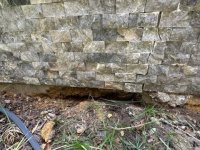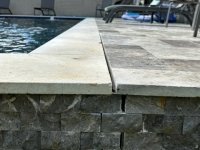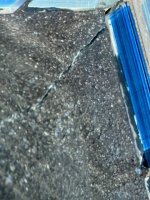We had a new inground gunite pool installed this year. Our property has a slope to it, so part of the pool at the deep end is above ground by about 2 feet with the rest of the deep end below ground--. It was completed in April. In August we noticed cracked travertine tiles, cracks in the coping, the deck dropping/sloping (or the pool has risen) and a hair line crack in the pool wall leading down the same side of the pool as the cracking.
Our pool contractor sent out their project manager who believes the deep end of the pool is rising and that it has risen about an inch.
The contractor wants to take a "wait and see" approach to see how everything settles before addressing or repairing. We now have moisture on the outside wall of the pool in the area of the cracks. I would assume this means we have water leakage somewhere (probably from the crack in the pool?)
Are we OK to take a wait and see or do I need a second opinion?
Our pool contractor sent out their project manager who believes the deep end of the pool is rising and that it has risen about an inch.
The contractor wants to take a "wait and see" approach to see how everything settles before addressing or repairing. We now have moisture on the outside wall of the pool in the area of the cracks. I would assume this means we have water leakage somewhere (probably from the crack in the pool?)
Are we OK to take a wait and see or do I need a second opinion?




